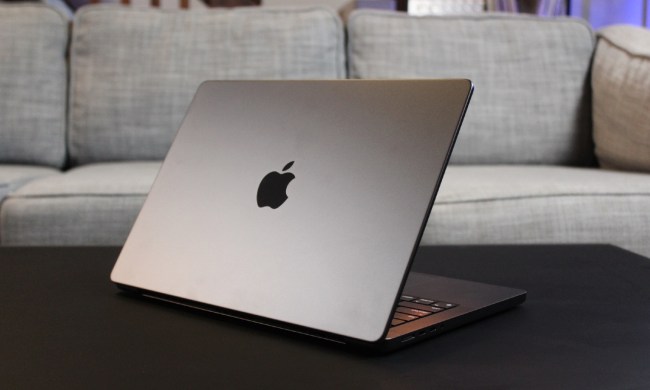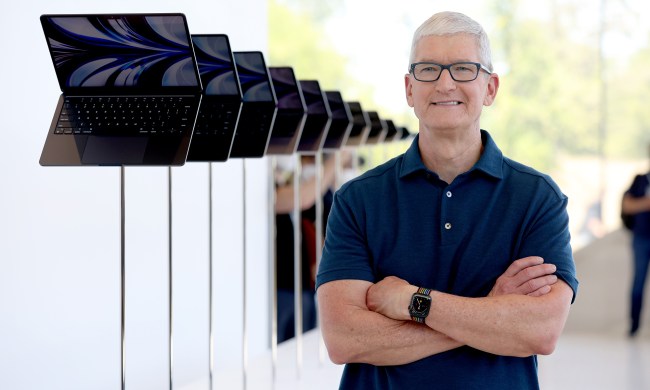Apple is on the brink of its biggest Mac shakeup in a generation as the tech giant is about to ditch Intel processors and start using its own Apple Silicon chips. But these processors will not just be limited to Apple’s computers — according to China Times (via Wccftech), both the upcoming 12-inch MacBook revival and the next iPad Pro will share the same A14X Bionic chip, code-named Tonga.
The report states: “Apple’s supply chain industry pointed out that by the end of this year, Apple is expected to launch a MacBook with a 12-inch Retina display, using a self-developed and designed A14X processor… The A14X processor will also be used in the new generation of iPad Pro tablets.” The report continues that the 12-inch MacBook will support USB-C and will offer between 15 and 20 hours of battery life.
Apple’s iPad processors are already the best in the business. As we said in our review of the latest iPad Pro, its A12Z Bionic processor “indisputably beats every other tablet, and it’s not even close.” Apple has absolutely smashed it in this regard.
Bringing that processor power to a revitalized 12-inch MacBook is a potentially shrewd move on Apple’s part. One of the major complaints of the original 12-inch MacBook was that it was severely underpowered, as its fanless operation required a processor that did not overstrain itself too easily. At that time, Apple was using processors from Intel, a company that had limited experience with fanless devices. Apple, though, knows exactly what it is doing, as the iPad, iPhone, and Apple Watch are all able to operate fantastically well in such scenarios. Blessing the 12-inch MacBook with a phenomenally powerful processor that does not require a fan could be exactly the shot in the arm this lightweight laptop has long cried out for.
Having two very different Apple devices sharing a processor should not come as a complete surprise. In recent years, Apple has been bringing its devices closer together, encouraging cross-platform thinking in its users and app developers. For instance, its Mac Catalyst project lets developers easily port their iPad apps to the Mac, and at its Worldwide Developers Conference (WWDC) in June, Apple explained that its new processors would also be able to run iPhone apps without compromise. Having a Mac and an iPad share the same processor looks to be another piece in this cross-platform puzzle.
It should be noted that none of this has been officially confirmed by Apple, and we will have to wait until the company announces its next products until we get concrete information on the A14X. With Apple’s iPhone event just around the corner, we may not have long to wait.



